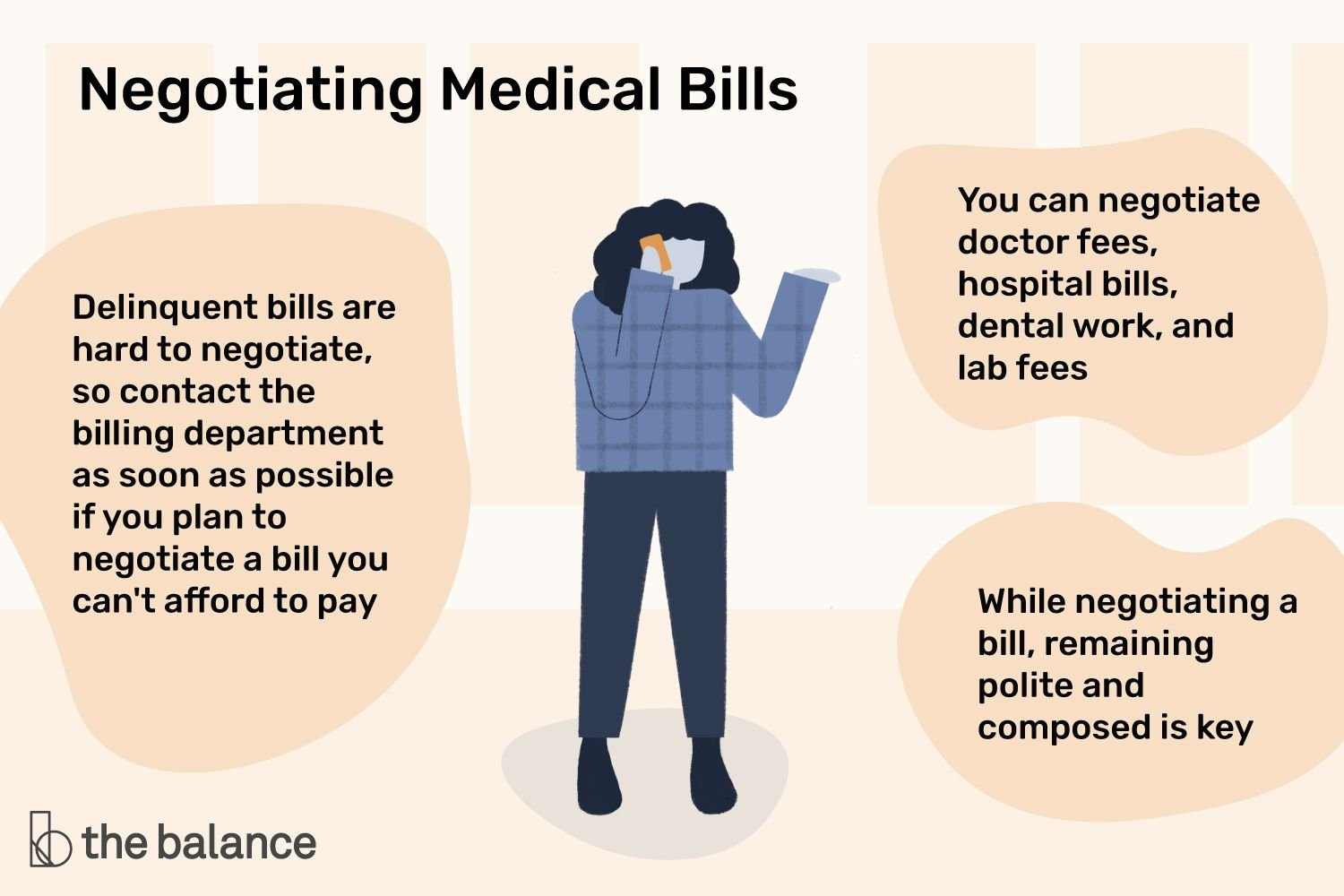Looking to save on auto maintenance costs? You’re in the right place! We’ve got some practical tips and tricks to help you keep those expenses in check while still ensuring your car stays in top shape. From simple DIY tasks to making informed decisions when it comes to repairs and replacements, we’ve got you covered. Say goodbye to hefty bills and hello to a more economical approach. So, let’s dive in and explore how to save on auto maintenance costs without compromising on quality or safety.
How to Save on Auto Maintenance Costs
Introduction
Taking care of your car is essential to ensure its longevity and optimal performance. However, auto maintenance costs can quickly add up, causing strain on your budget. The good news is that there are several practical strategies and tips you can follow to save on auto maintenance costs without compromising on the quality of care your vehicle receives. In this article, we will explore various ways to reduce expenses while keeping your car in excellent condition. Read on to discover valuable insights and actionable steps to help you save on auto maintenance costs.
Regular Maintenance and Inspections
Regular maintenance is key to preventing major issues and expensive repairs down the line. By staying proactive and addressing small problems early on, you can avoid costly breakdowns. Here are some steps you can take to ensure regular maintenance and inspections:
- Follow the manufacturer’s recommended maintenance schedule: Your car’s manufacturer provides a guide detailing the necessary maintenance tasks at specific mileage intervals. Adhering to this schedule can help you identify and address potential issues before they become expensive problems.
- Monitor and change the oil regularly: Regular oil changes are vital to keep your engine running smoothly and prevent damage. Check your owner’s manual for the recommended oil change frequency, and ensure you use the right type of oil suitable for your car.
- Inspect and maintain tire pressure: Properly inflated tires contribute to better fuel efficiency and prevent uneven wear. Regularly check your tire pressure, following the manufacturer’s guidelines, and inflate or deflate them as necessary.
- Keep an eye on the fluids: Maintain the appropriate levels and condition of essential fluids such as coolant, brake fluid, transmission fluid, and power steering fluid. Refer to your owner’s manual for recommended fluid types and intervals for checking and replacing them.
- Replace air filters regularly: A clean air filter improves fuel efficiency and protects the engine. Check your owner’s manual for the recommended replacement interval and follow it accordingly.
DIY Maintenance and Basic Repairs
While some repairs should be left to professionals, there are several basic maintenance tasks and simple repairs you can do yourself, saving a significant amount of money. Here are a few examples:
- Replacing windshield wipers: Over time, windshield wipers wear out and become less effective. Instead of paying a mechanic to replace them, you can easily do it yourself by following the instructions provided with the replacement blades.
- Replacing air filters and bulbs: These are simple tasks that can be done with minimal tools. Refer to your owner’s manual or online tutorials to guide you through the process.
- Changing the battery: If you’re comfortable with basic automotive work, replacing a worn-out battery can be a DIY project. However, make sure to follow safety precautions and consult a professional if you have any doubts.
Comparison Shopping for Parts and Services
When your vehicle needs repairs or parts replacements, it’s important to research and compare prices before making a final decision. Here’s how you can save by comparison shopping:
- Get multiple quotes: Reach out to different mechanics or repair shops to obtain quotes for the required service or repair. Compare the prices and choose the one that offers the most affordable yet reliable solution.
- Consider independent mechanics: While dealerships often charge premium prices, independent mechanics may offer the same quality of work at a lower cost. Research reputable independent mechanics in your area and read reviews to ensure their expertise.
- Shop online for parts: Many online platforms specialize in selling automotive parts at discounted prices. Compare the prices and customer reviews before purchasing to ensure you’re getting a good deal.
- Ask for used or refurbished parts: For non-critical components, consider using used or refurbished parts. These can be significantly cheaper than brand new ones and still offer adequate performance and reliability.
Preventive Driving Habits
Your driving habits can have a significant impact on your vehicle’s maintenance costs. By adopting preventive driving practices, you can minimize wear and tear, prolong the lifespan of your car, and reduce the need for repairs. Here are some tips to help you drive more efficiently and save on auto maintenance costs:
- Drive smoothly: Avoid sudden accelerations and harsh braking, as they can put unnecessary strain on your car’s components. Accelerate and decelerate gradually and maintain a consistent speed whenever possible.
- Avoid excessive idling: Extended periods of idling consume fuel unnecessarily and contribute to engine wear. If you anticipate waiting for more than a minute, it’s more fuel-efficient to turn off the engine and restart it later.
- Follow speed limits: Excessive speeding not only puts you at risk of accidents but also increases fuel consumption and places more stress on your vehicle. Observe speed limits to protect yourself and your car.
- Avoid overloading your vehicle: Excess weight puts strain on the suspension, brakes, and other components, leading to increased wear and reduced fuel efficiency. Remove unnecessary items from your car to lighten the load.
- Warm up the engine moderately: While it’s essential to warm up the engine before driving, excessively long warm-up periods are unnecessary and waste fuel. Start driving gently after a brief warm-up to allow the engine to reach its optimal operating temperature.
Investing in Quality and Durability
While it may seem counterintuitive to spend more upfront, investing in quality parts and accessories can save you money in the long run. Here are some considerations when it comes to quality and durability:
- Choose reliable brands: Opt for reputable brands known for their reliability and durability. Although their products may be slightly more expensive initially, they often outlast cheaper alternatives and require fewer replacements.
- Inquire about warranties: Before purchasing parts or services, inquire about warranties provided by the manufacturer or repair shop. A good warranty can save you money if any issues arise.
- Regularly clean and protect your car: Cleaning your vehicle regularly and applying protective measures, such as waxing, can prevent rust and other damage, reducing the need for costly repairs in the future.
By following these tips and strategies, you can effectively save on auto maintenance costs while ensuring the longevity and performance of your vehicle. Regular maintenance, DIY repairs when appropriate, comparison shopping, adopting preventive driving habits, and investing in quality and durability are all valuable approaches to help you keep your car in top shape without breaking the bank. Remember, prevention is key, and addressing small issues early on can save you from major expenses in the future. Take control of your auto maintenance costs and enjoy the benefits of a well-maintained vehicle.
How to Save Money on Car Repairs (3 Tips)
Frequently Asked Questions
Frequently Asked Questions (FAQs)
1. How can I save on auto maintenance costs?
Regular maintenance is key to saving on auto maintenance costs. By keeping up with routine tasks such as oil changes, tire rotations, and air filter replacements, you can prevent major issues from arising and avoid costly repairs later on.
2. Are there any DIY tasks I can perform to save money on auto maintenance?
Yes, there are several simple maintenance tasks that you can do yourself to save money. These include checking and maintaining proper tire pressure, replacing windshield wipers, and inspecting and replacing air filters.
3. Is it necessary to always follow the manufacturer’s recommended maintenance schedule?
While it is advisable to follow the manufacturer’s recommended maintenance schedule, you can still save money by prioritizing essential tasks and spacing out less critical ones. Consult with a trusted mechanic to determine which tasks are crucial for your vehicle.
4. How can regular vehicle inspections help in saving on auto maintenance costs?
Regular vehicle inspections enable you to identify and address potential issues early on, preventing them from escalating into more expensive problems. By detecting problems at an early stage, you can save both money and time.
5. Can I save money by purchasing aftermarket parts instead of OEM parts?
While aftermarket parts are generally cheaper than OEM parts, their quality and compatibility may vary. It is important to research and select reputable aftermarket brands to ensure you are getting a reliable product that won’t compromise your vehicle’s performance and safety.
6. Why is it important to address minor issues promptly?
Addressing minor issues promptly can prevent them from turning into major and more costly problems. Ignoring small problems with your vehicle can lead to further damage and potentially put your safety at risk.
7. How can maintaining proper tire pressure help save on auto maintenance costs?
Maintaining proper tire pressure can help extend the life of your tires and improve fuel efficiency. It reduces wear and tear, prevents uneven tire wear, and reduces the risk of blowouts, ultimately saving you money on replacements and fuel expenses.
8. Is it necessary to use premium fuel for my vehicle?
Unless your vehicle specifically requires premium fuel, using regular unleaded fuel recommended by the manufacturer is sufficient. Using premium fuel when it is not necessary does not provide any significant benefits and only adds unnecessary expenses.
Final Thoughts
To save on auto maintenance costs, follow these tips. First, be proactive with regular maintenance such as oil changes, tire rotations, and filter replacements. This will help prevent costly repairs down the road. Secondly, learn basic maintenance tasks like checking and topping up fluids, replacing wiper blades, and replacing air filters. This way, you can handle small issues on your own instead of paying for professional help. Lastly, shop around for the best prices on parts and services, and consider using aftermarket parts instead of OEM to save money. By implementing these strategies, you can significantly reduce your auto maintenance expenses.


